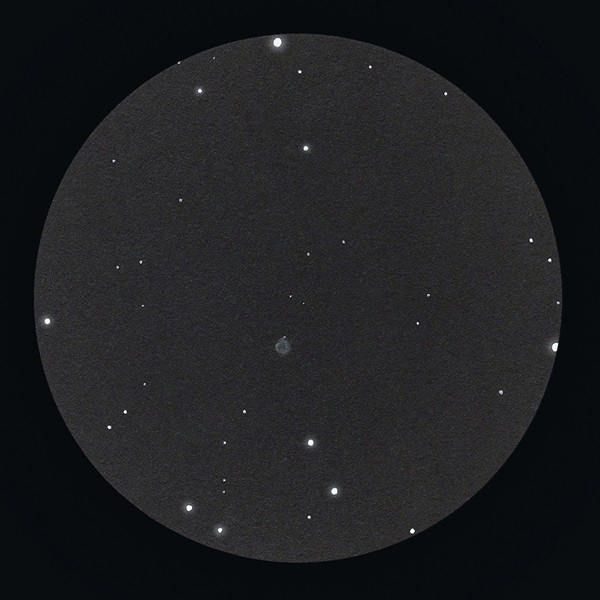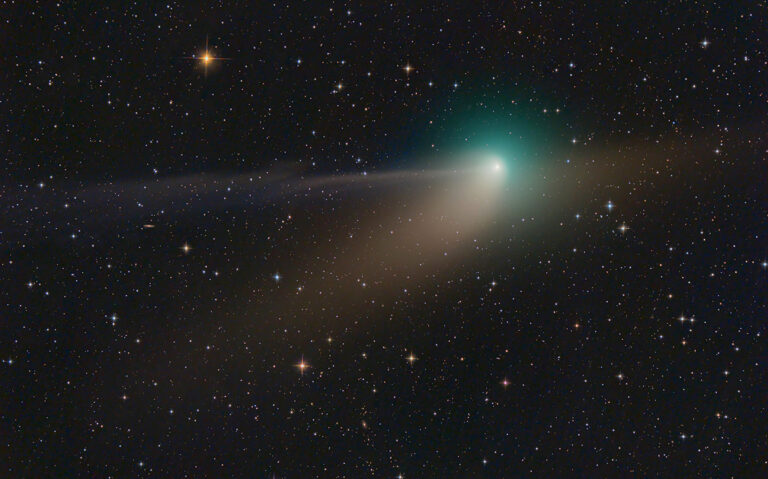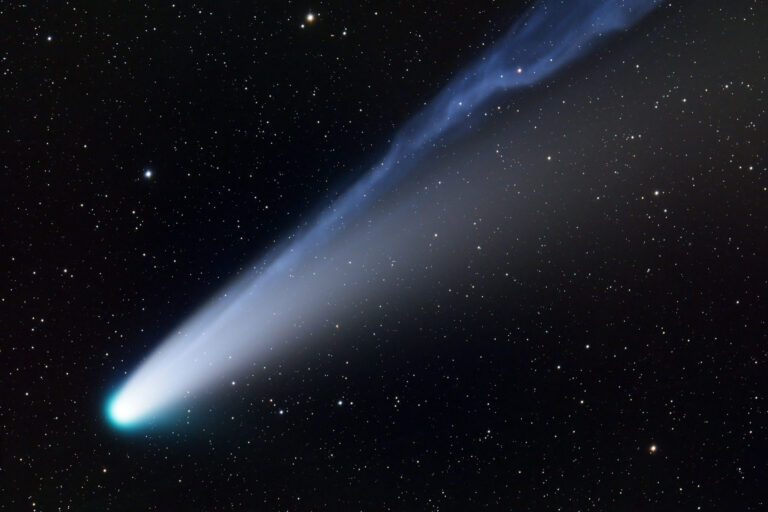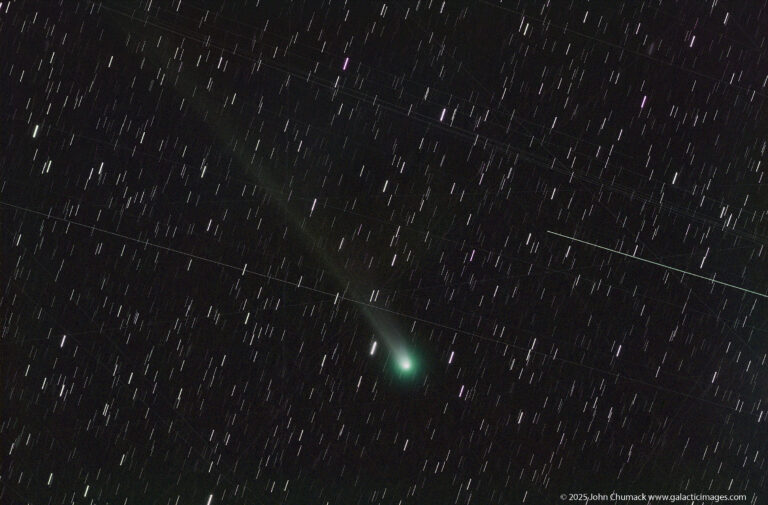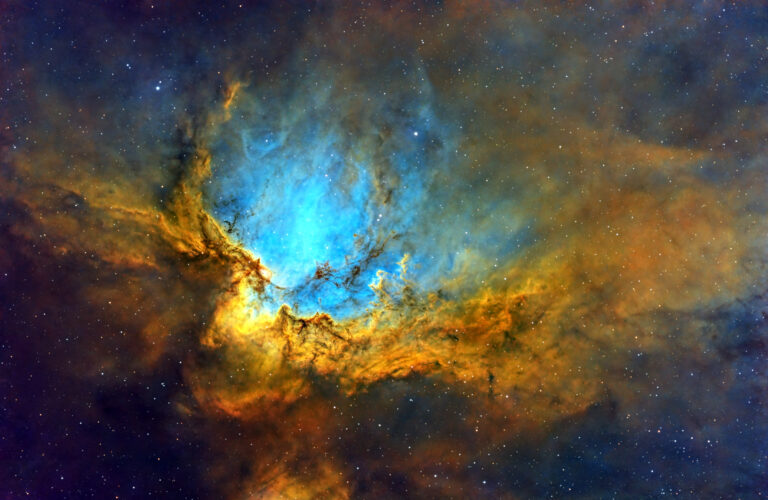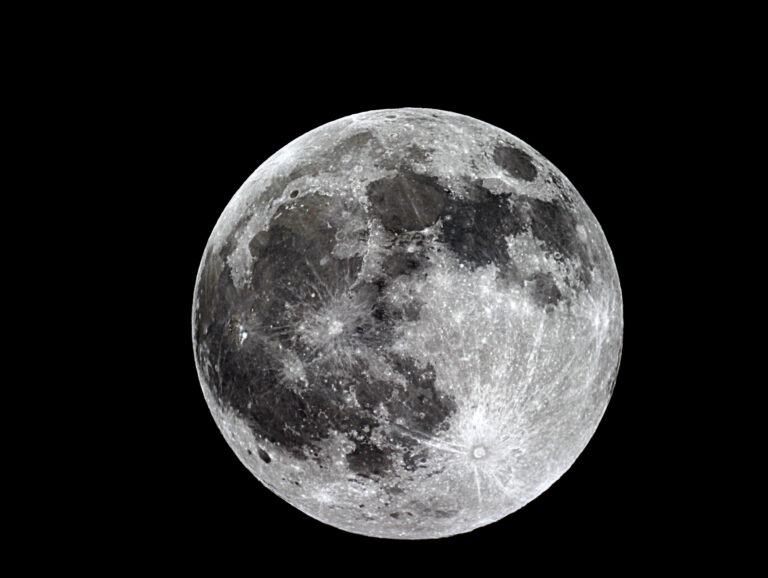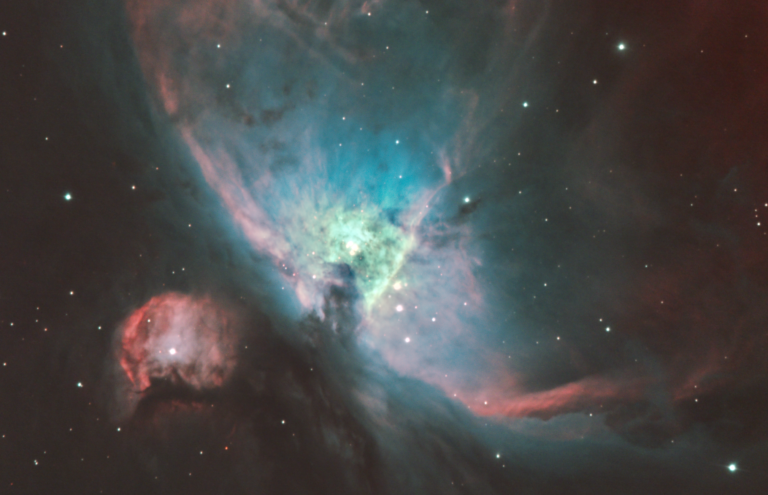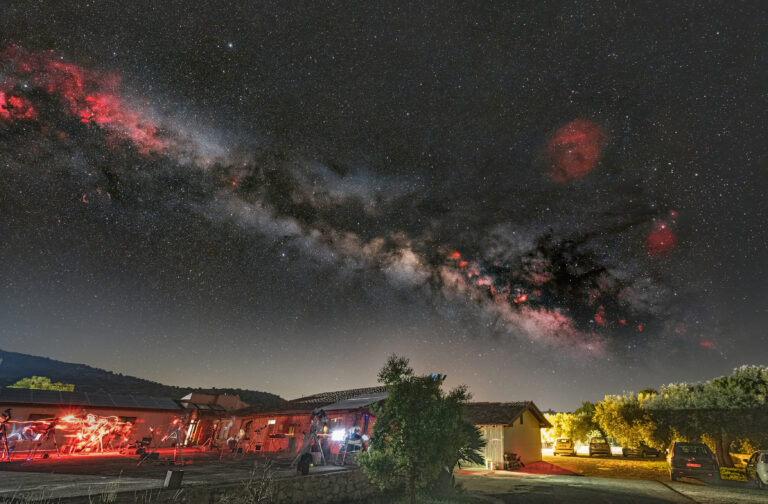Key Takeaways:
In 1946, a German-American astronomer named Rudolph Minkowski (1895–1976) released a new list of 103 nebulae. He discovered these by examining objective-prism survey plates obtained by William C. Miller with a 10-inch refractor at Mount Wilson Observatory. With several interesting small nebulae to choose from, I’ll share two of my favorites.
Tucked within the parallelogram of the constellation Lyra is a beautiful 13th-magnitude planetary nebula, M1–64 (PK 64+15.1). At only 17″ in diameter, it’s often overshadowed by the more obvious Ring Nebula (M57). You can locate M1–64 nearly halfway between the Ring and Zeta (ζ) Lyrae.
Smaller objects require precision sketching tools. Use a 1/8″ (No. 1) blending stump to apply a thin, round layer of white pastel within the star field to render the planetary’s disk. If you observe the shell, add its gentle glow softly with a white pencil.
Smaller yet is Minkowski’s Footprint (M1–92), a bipolar reflection nebula in the constellation Cygnus. Due to its diminutive 4.5″ by 11.5″ size, I used the magnitude 5.4 star 9 Cygni as a home base and then star hopped 20′ north-northeast until I recognized the ladle-like star pattern in which the nebula resides. A magnitude 9.7 star lies another 1′ farther north.
I drew the large circular lobe with a white pencil and then blended with a No. 1 stump. I needed only slight dabs to soften its edges while leaving the center bright. I used the residue that remained on the stump’s tip to smudge in the heel.
Be sure to check out my next column for a demonstration on sketching solar prominences, and as always, feel free to share comments or questions with me at erikarix1@gmail.com. Clear skies!


